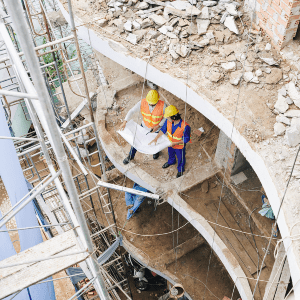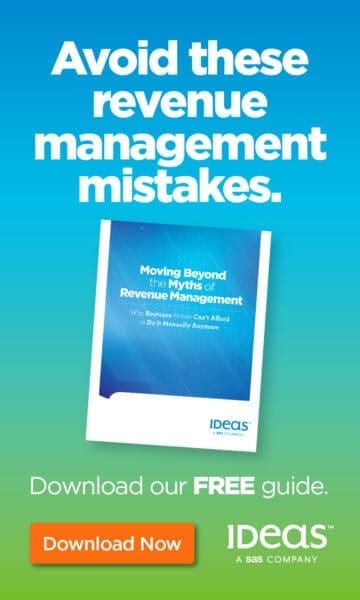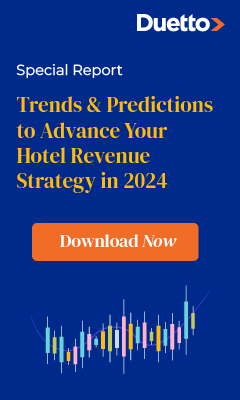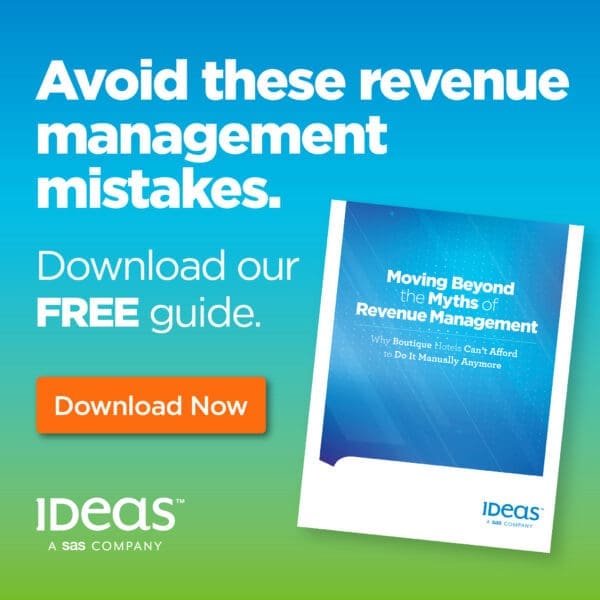 Investors are increasingly thinking about urban regeneration schemes in terms of neighbourhoods rather than buildings as social impact becomes more of a focus.
Investors are increasingly thinking about urban regeneration schemes in terms of neighbourhoods rather than buildings as social impact becomes more of a focus.
Amid growing public expectations for businesses to act more responsibly, schemes are being designed and implemented to incorporate more inclusive placemaking, responsible investing, and community engagement.
For investors providing the capital, it means taking a longer-term view on returns and considering projects where they can deliver wide-ranging benefits that go beyond the financial.
“There’s a broader responsibility beyond the requirement to deliver quick wins for shareholders as investors move towards decisions based on less overtly quantifiable factors,” says Jeremy Kelly, lead director of Global Cities Research at JLL. “Expectations that real estate will step up and play a role in a more sustainable and equitable future are rising.
“Institutional investors are among the most astute at seeing the long-term horizon, given their capital requirements.”
In London, listed UK property company British Land is carrying out a major, 53-acre project featuring a university, 3,000 homes, retail, offices, and communal space at Canada Water.
Over the next 15 years, its partnership with Southwark Council and the local community includes a Social Regeneration Charter that caters to a mix of age groups, incomes, and life stages. Incorporating green spaces, improving transport links, and creating long-term links with local groups are all part of the master plan.
Taking a broader perspective
The traditional fundamentals of location, tenant quality, as well as the local market and economy are still key indicators of an area’s resilience and longer-term performance.
Yet factors that meet the needs and requirements of local businesses, customers, and residents are now playing a bigger part. These include the look and feel of a place, the experience it provides, how well connected it is, the environmental impact, its positive contribution to society and to people’s health and wellbeing – all of which can add significant value.
“In recent years, investors and developers have been struggling to find value, given the low yield environment of recent years. This is where holistic thinking can really make a difference,” says Jon Neale, head of UK research at JLL.
Take Copenhagen’s Carlsberg City, a former brewery area redeveloped as a mixed-use quarter including residential, retail, recreational facilities, educational institutions, and a new metro station which is due to complete in 2024. With some of Denmark’s biggest pension funds such as PFA Pension, PenSam, and TopDanmark, it has already attracted occupiers including Accenture, American International, and Mikkeler.
“Investors who demonstrate that they can consistently excel in these areas will find it easier to source opportunities or joint ventures in which the public or third sectors are stakeholders. This route is increasingly preferred by institutional investors looking for inflation-proof, long-term returns,” says Neale.
Working together for the best returns
For large-scale, mixed-use schemes are not without their challenges – namely complex planning permissions at the local authority level and lengthy negotiations.
It makes closer collaboration between investors, councils, and stakeholders key. UK thinktank Localis recently called for a stewardship model of planning to encourage landowners and developers to collaborate throughout the development process.
“Trust can and needs to be built over time – especially if you consider how some schemes require a few years of discussions, planning, and reviewing before a spade hits the ground,” Kelly says. “It’s also critical that partnerships work and remain in place throughout the entire development cycle.”
UK financial services provider Legal & General (L&G) is investing in urban regeneration projects through public and private sector partnerships to bring long-term sources of capital to cities including Sheffield, Newcastle, and Cardiff.
In the latter, L&G is working in partnership with the Welsh Government and Rightacres Property on a multi-million-pound regeneration scheme including a hotel for the Welsh Rugby Union, 100,000 square feet of office space, and 318 Build-to-Rent apartments.
Catering for modern needs
Corporate involvement in regeneration and large-scale development is also rising, from Google’s proposed homes, offices, and retail village in California, to a new, mixed-use Néo-C eco-district developed by French beverage giant Pernod Ricard on the site of its former HQ in Paris.
“We’re at a point now where players from across the built environment – from corporates with their own real estate, to developers and investors – play a deeper role in nurturing, protecting, and managing an area,” says Kelly. “The signs are that such broader thinking is now here to stay.”
It’s not dissimilar to the kind of bold approach in corporate placemaking around 1900 when UK chocolate maker Cadbury built an entire village for its factory staff. Likewise in the 1920s, electronics firm Phillips created today’s Eindhoven from six villages in 1920, building homes, shops, schools, and recreational facilities to support the company’s growth.
In today’s globalised world, people may have more choices about where they live and work, and businesses have more options in terms of where they take office space, but they equally have higher expectations – especially around health and wellbeing, community, and sustainability.
“Both data and anecdotal evidence suggest that businesses, customers, and residents are becoming more discerning,” says Neale. “Investors will have to work harder on the experience, amenities, and culture of their assets – the ‘softer’ factors – if the income streams are to remain durable in the longer term.”






























